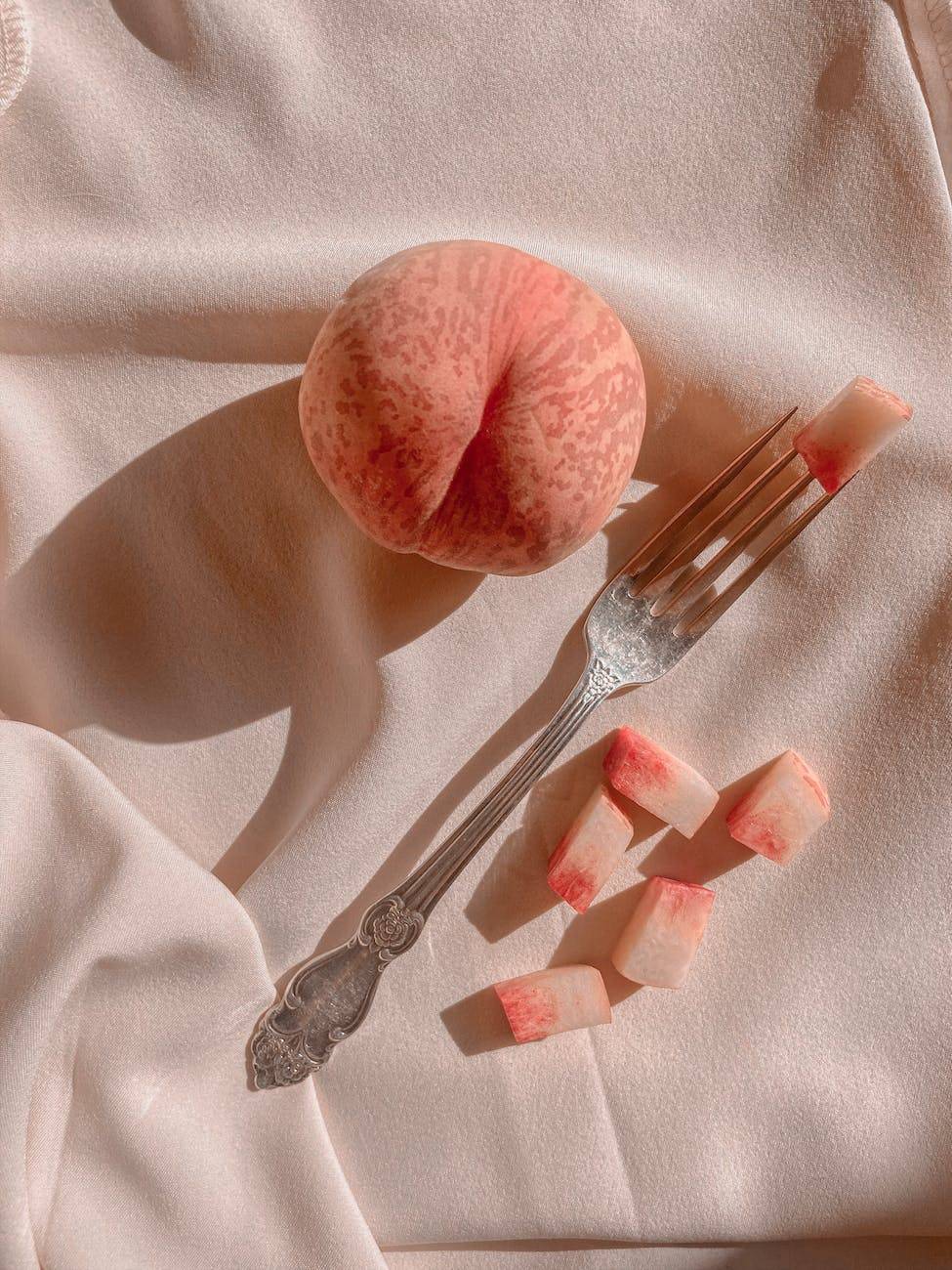Introduction to Edible Flowers
Edible flowers are not a new concept in the culinary world, but they’ve gained a lot of attention in recent years. If you’re a food lover with an adventurous palate, then you’re in the right place. We’re delving into the world of edible flowers, specifically focusing on the dianthus flower.
The Art of Using Flowers in Cuisine
The use of flowers in cuisine is an art that goes back centuries. Flowers have been used to add flavor, color, and a touch of elegance to dishes. From salads and soups to desserts and drinks, flowers have found their way into every course of a meal, enhancing the dining experience with their unique tastes and aesthetic appeal.
One flower that stands out in the edible flower kingdom is the dianthus. Known for its vibrant colors and peppery flavor, dianthus has been making a name for itself in culinary circles. The question that we often get asked is: are dianthus flowers edible? We’ll get to that, but first, let’s understand the popularity behind edible flowers.
The Popularity of Edible Flowers
The rise in popularity of edible flowers can be attributed to several factors. For one, they add a fresh, unique, and often surprising flavor to dishes. Plus, they’re a great way to add natural color to your meals. And let’s face it, a dish adorned with vibrant flowers is just more Instagram-worthy!
But the popularity of edible flowers isn’t just about aesthetics and taste. Many of these flowers, including dianthus, have nutritional benefits as well. They’re packed with vitamins, minerals, and antioxidants, making them both a healthy and tasty addition to your meals.
As we delve deeper into the world of edible flowers and edible dianthus in particular, we hope to inspire you to experiment with these natural, colorful, and flavorful ingredients in your own kitchen. So, are you ready to let your taste buds bloom?
All About Dianthus Flowers
When it comes to exploring edible flowers, the vibrant world of Dianthus offers a delightful experience. As we delve deeper into the realm of Dianthus, let’s first understand what these flowers are, and then unravel their aesthetic and flavor profiles.
What Are Dianthus Flowers?
Dianthus is a genus of flowering plants renowned for their bright colors and sweet, spicy fragrance. This genus includes around 300 species, ranging from annuals and biennials to perennials. The flowers themselves are known for their fringed petals and are typically found in shades of white, pink, red, and sometimes purple.
Commonly known as “Pinks,” Dianthus flowers not only add a splash of color to your garden but also to your plate. They have been a part of European and Asian culinary traditions for centuries. But the question that often arises is: are dianthus flowers edible?
Aesthetics and Flavor Profile of Dianthus
Dianthus flowers add a beautiful touch to any dish with their vibrant hues and delicate petals. They make an excellent garnish for salads, desserts, and cocktails, providing a pop of color and a unique texture.
When it comes to the flavor profile, Dianthus flowers have a subtle sweet-spicy taste. Some describe it as a mix of clove and nutmeg, while others note hints of cinnamon. The petals are the tastiest part of the flower and can be used both fresh and dried.
Here’s a brief table summarizing the aesthetic and flavor profile of Dianthus:
| Aspect | Description |
|---|---|
| Color | White, pink, red, and sometimes purple |
| Fragrance | Sweet, spicy |
| Flavor | Subtle sweet-spicy taste; hints of clove, nutmeg, and cinnamon |
| Culinary Uses | Garnishing salads, desserts, and cocktails |
Remember, though, while Dianthus flowers are undeniably charming and tasty, it’s crucial to ensure they’re safe for consumption. There are a few safety considerations to keep in mind when incorporating Dianthus into your culinary experiments, which we will further explore in the upcoming sections.
So, stay tuned as we answer the question: is dianthus edible? And, we’ll also share some creative ideas for using Dianthus in your kitchen!
The Big Question: Are Dianthus Edible?
Into the wild world of edible flowers, we now dive into the specifics of one of the most vibrant options – the Dianthus. One of the questions that we often come across is, ‘are dianthus edible?’ We’re here to answer that question and take you through some safety considerations to keep in mind.
The Edibility of Dianthus Flowers
To put your curious mind at ease, yes, Dianthus flowers are edible. They’re not just for their show-stopping color and delightful fragrance, but also for their unique taste. Many culinary enthusiasts describe the flavor of Dianthus as slightly spicy, somewhat like a clove, which adds an unexpected kick to your dishes. So, if you’re interested in jazzing up your meals, you might want to give these flowers a try. For more on edible dianthus, take a look at our dedicated article.
Safety Considerations When Eating Dianthus
While the edibility of Dianthus flowers opens up a realm of culinary possibilities, there are some safety considerations we need to address. Not every Dianthus variety is safe to eat. Some can cause mild stomach upset if consumed, so it’s crucial to verify the exact species of Dianthus before you use them in your kitchen.
Also, it’s crucial to source your Dianthus flowers from a trusted supplier. The flowers meant for consumption should be grown without the use of harmful pesticides or chemicals. If you’re harvesting Dianthus from your garden, ensure they haven’t been exposed to pets or other sources of contamination.
Lastly, if you’re trying Dianthus or any edible flowers for the first time, it’s a good idea to start small. Some individuals may have allergies to certain flowers, so it’s best to introduce them into your diet gradually.
In conclusion, Dianthus flowers can indeed be a part of your culinary adventures. However, it’s essential to source them safely and use them wisely. For more information about edible flowers dianthus, check out our in-depth article. Happy cooking, everyone!
Using Dianthus in Your Kitchen
Once you’ve confirmed the answer to the question, “are dianthus edible?” and have a batch of these vibrant flowers at hand, you might be wondering how to incorporate them into your cooking. The good news is that dianthus flowers are incredibly versatile and can add a pop of color and subtle spice to a variety of dishes.
Ideas for Incorporating Dianthus in Recipes
Dianthus flowers offer a unique and visually exciting way to elevate your dishes. Here are a few ways we love to use them:
-
Salads: Toss a handful of dianthus petals into a salad for a splash of color and an unexpected flavor twist.
-
Desserts: Use dianthus flowers to garnish cakes, cupcakes, and other desserts. Not only will they make your sweets look more appealing, but they’ll also add a delicate, sweet-spicy flavor.
-
Cocktails and Beverages: Dianthus flowers can make a lovely garnish in cocktails or mocktails. You can also freeze them in ice cubes for a beautiful and fun addition to any drink.
-
Soups: Sprinkle a few petals on top of a bowl of soup just before serving. It’ll add a lovely pop of color and a subtle hint of spice.
-
Breads and Pastries: Incorporate dianthus petals into your dough for a unique twist to your homemade breads and pastries.
Prepping Dianthus Flowers for Cooking
Before using dianthus in your recipes, you’ll need to properly prepare them to ensure they’re safe and enjoyable to eat. Follow these steps to prep your dianthus flowers:
-
Inspect the Flowers: Start by thoroughly inspecting the dianthus flowers. Discard any that are wilted, discolored, or show signs of disease or pest infestation.
-
Wash the Flowers: Gently rinse the dianthus flowers under cool water to remove any dirt or small insects. You can also soak them in a bowl of water for a few minutes, then drain and pat dry.
-
Remove the Petals: Dianthus petals are the edible part of the flower. Carefully remove the petals from the base of the flower. The base is often bitter and is typically discarded.
-
Store Until Ready to Use: If you’re not using the petals right away, store them in a sealed container in the refrigerator. They should stay fresh for a couple of days.
Remember, while dianthus flowers are generally safe to eat, it’s crucial to source them from a reliable supplier or grow them yourself to ensure they haven’t been treated with harmful pesticides or chemicals. Check out our article on growing and harvesting your own dianthus for more information.
Incorporating dianthus into your culinary creations can be a fun and exciting way to experiment with new flavors and presentations. So go ahead, let your taste buds bloom!
Growing and Harvesting Your Own Dianthus
Once we’ve assured ourselves that dianthus are indeed edible, the next exciting step for us food and garden lovers is to learn how to cultivate and harvest our own edible dianthus flowers. Doing so not only adds a personalized touch to our dishes, but also allows us to have a fresh supply of these edible blooms at our fingertips.
Tips for Cultivating Dianthus
Cultivating dianthus is a fun and rewarding experience. These plants are pretty hardy and can thrive in a wide range of soil conditions, although they prefer slightly alkaline soil. They need full sun to partial shade and good drainage to flourish.
Here are some steps we can follow:
- Choose a location with good sunlight and well-draining soil.
- Prepare the soil by adding compost or organic matter to improve its fertility.
- Plant the dianthus seeds or seedlings and ensure they are spaced approximately 12-18 inches apart.
- Water them regularly but avoid overwatering as this can lead to root rot.
It’s important to note that dianthus plants are susceptible to a few pests, like aphids and slugs, so keep an eye out for these and take appropriate measures if you notice them on your plants.
The Right Way to Harvest Dianthus for Culinary Use
Harvesting dianthus at the right time is crucial to ensure that the flowers are at their peak when used in our dishes. The best time to harvest dianthus is in the cool of the morning, after the dew has dried but before the heat of the day.
When harvesting, we should cut the stems close to the base of the plant. This encourages new growth and promotes a continuous supply of blooms throughout the season.
Once harvested, rinse the flowers gently under cold water to remove any dirt or insects. Pat them dry and they’re ready to be used in our culinary creations!
Remember, only the petals of the dianthus flowers are edible. The white base of the petals can have a bitter taste, so it’s best to remove this part before using the flowers in our recipes.
By cultivating and harvesting our own edible dianthus, we can add a unique, personal touch to our culinary creations. Growing these beautiful blooms in our garden not only provides us with a fresh supply of edible flowers, but also adds a splash of color to our outdoor space. Happy gardening and cooking!



